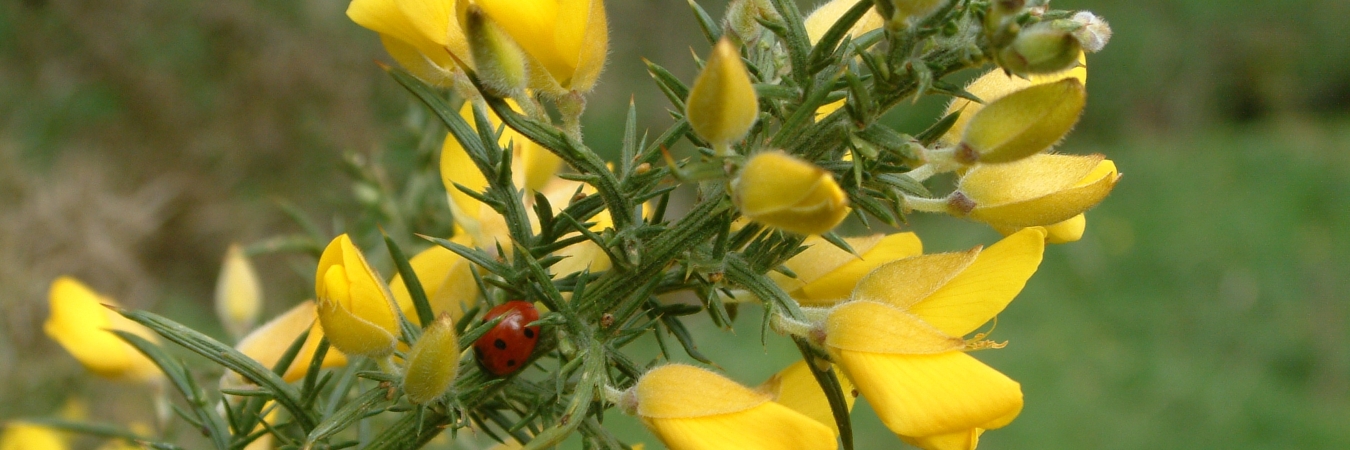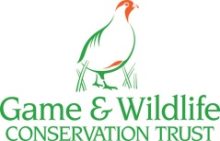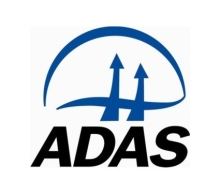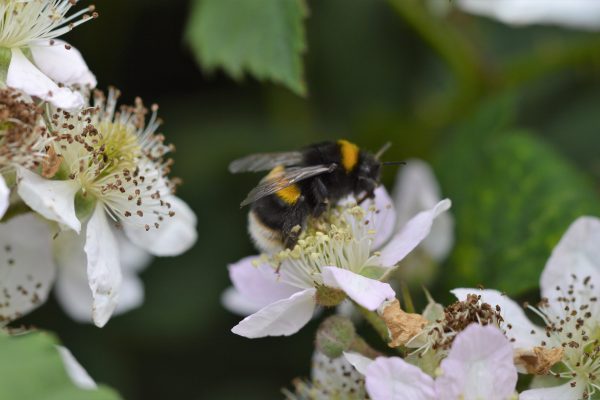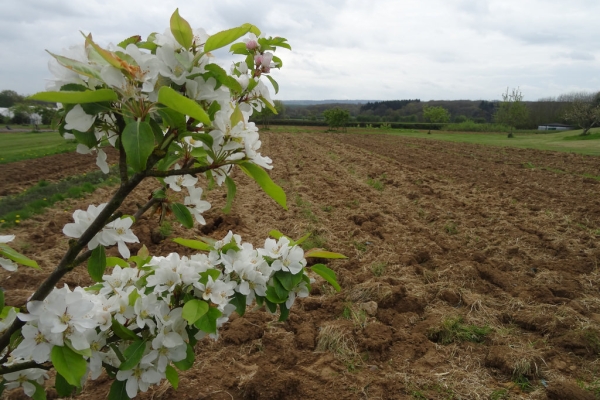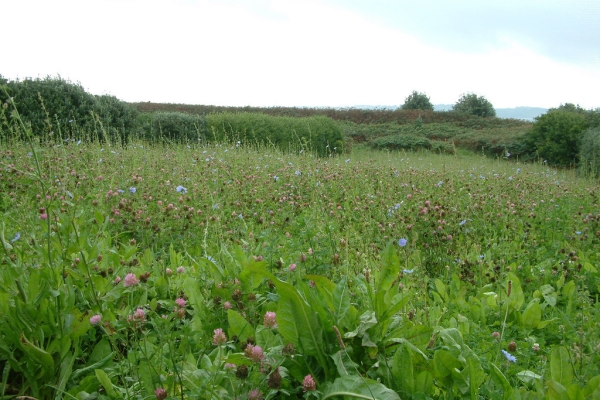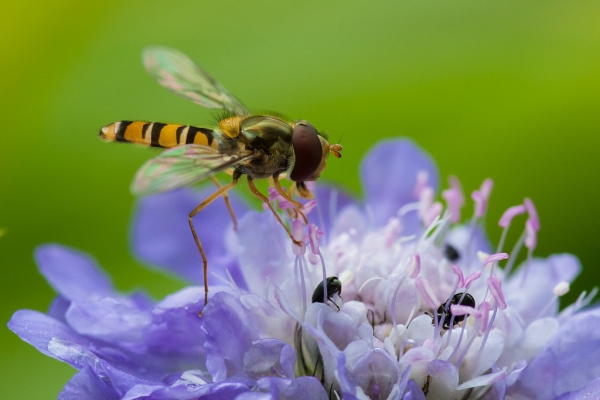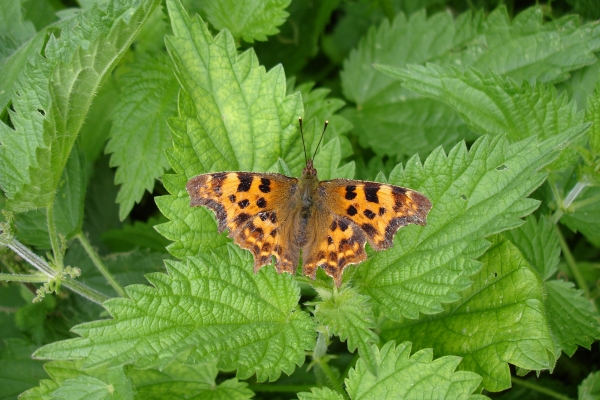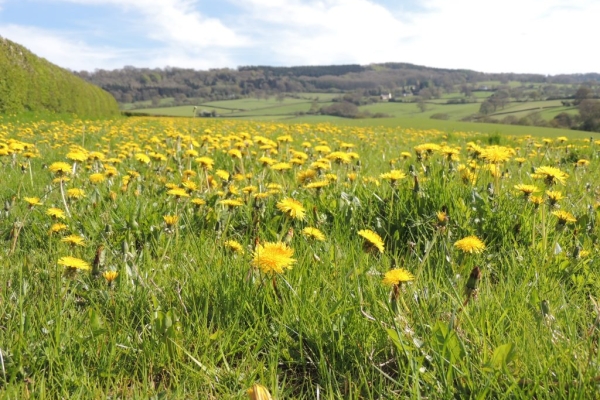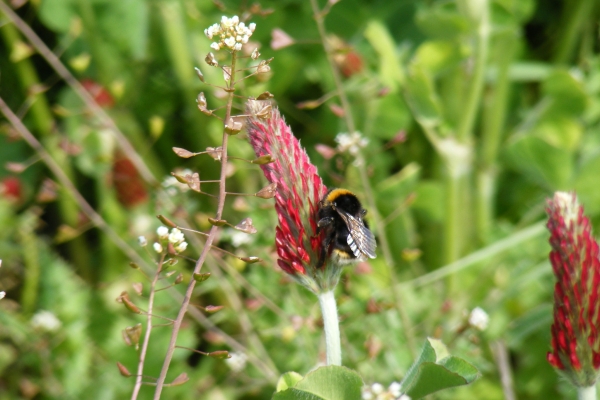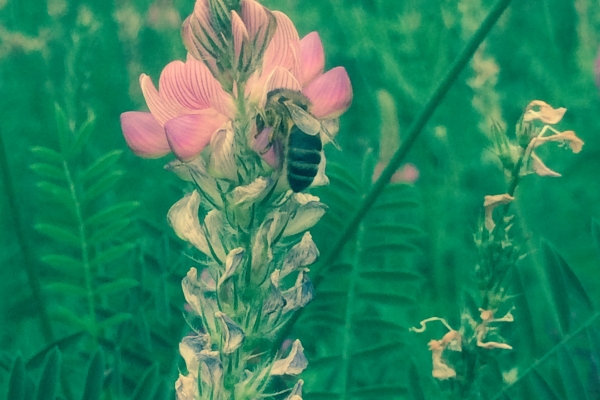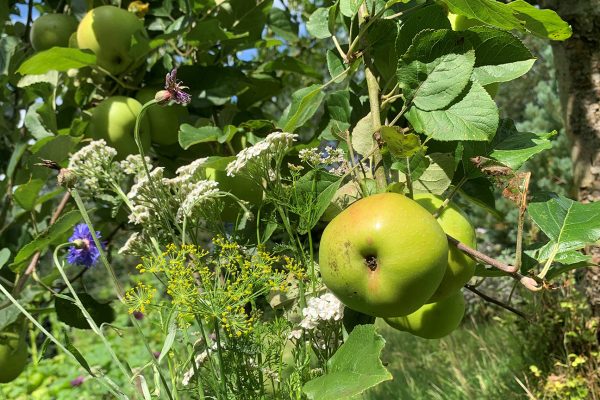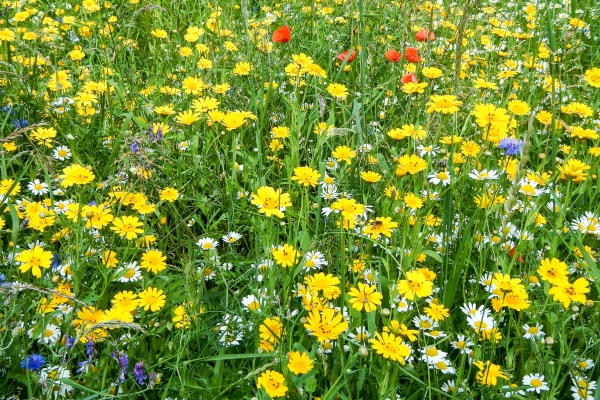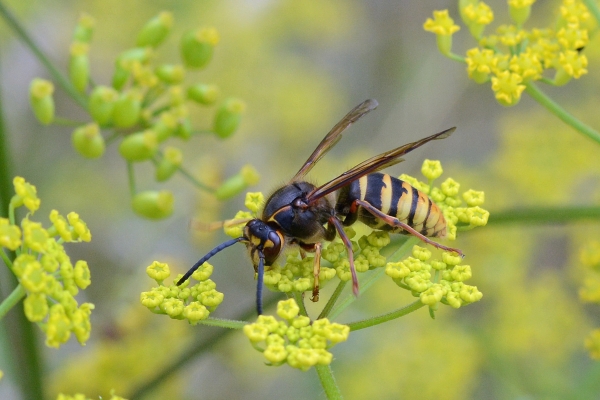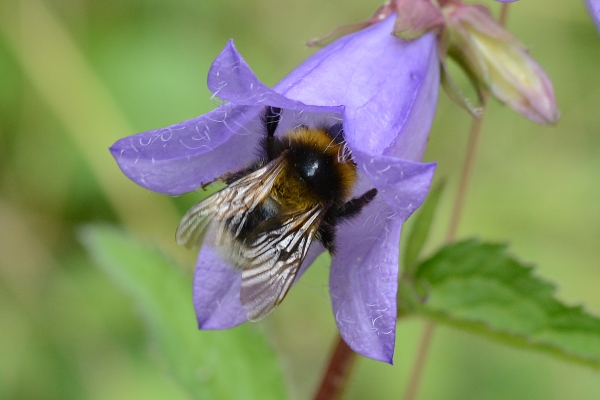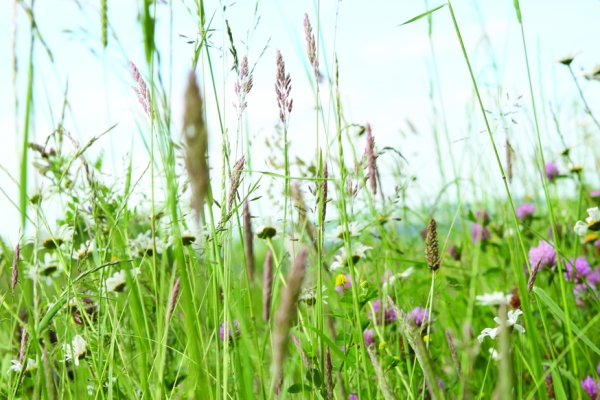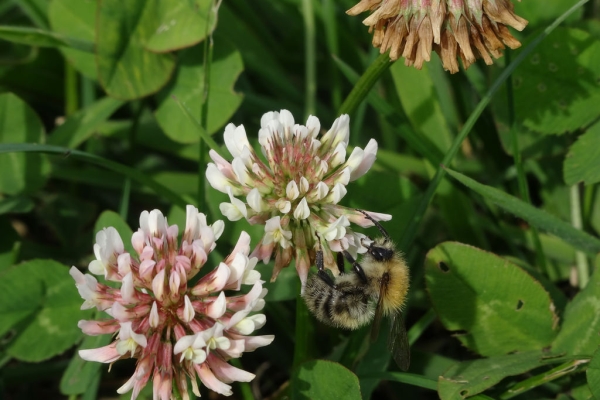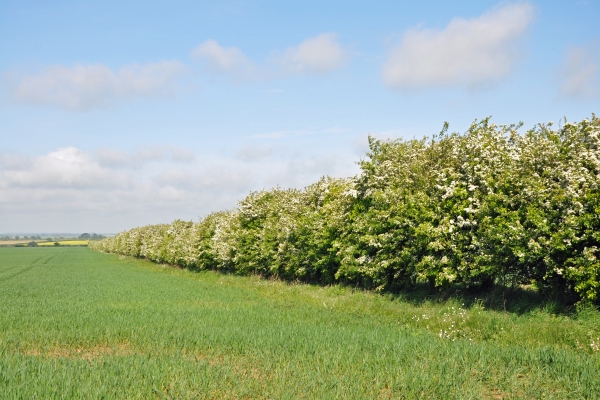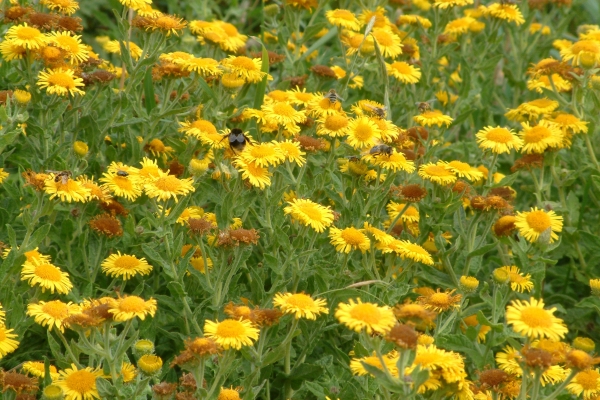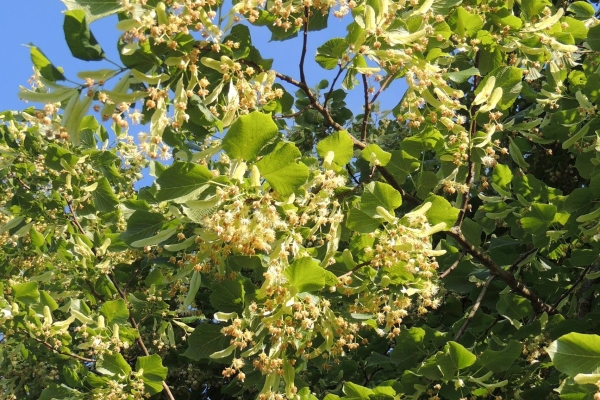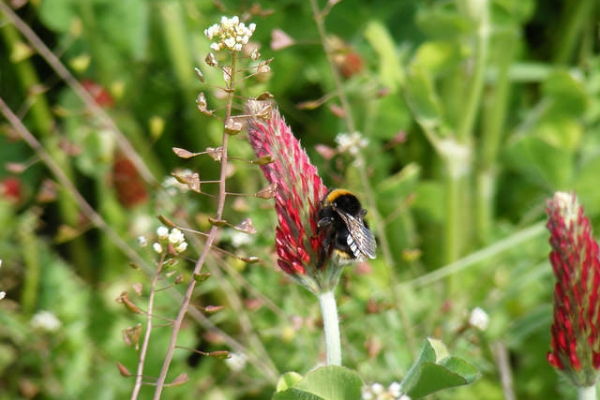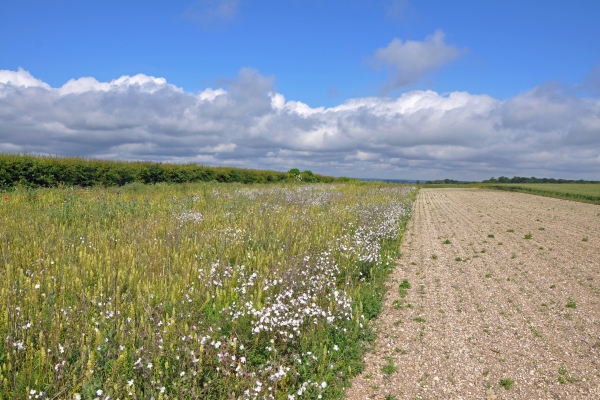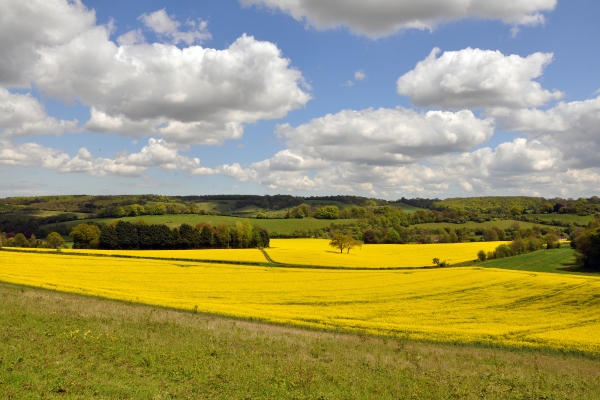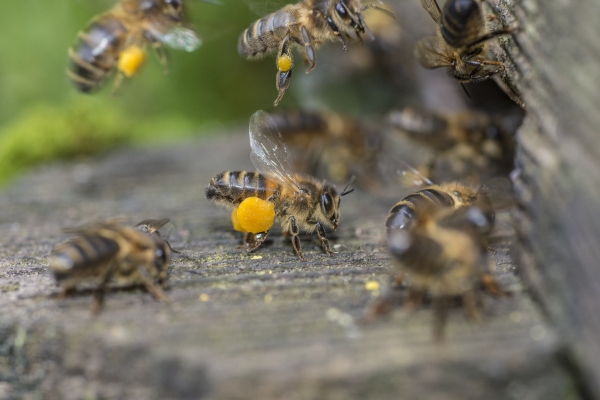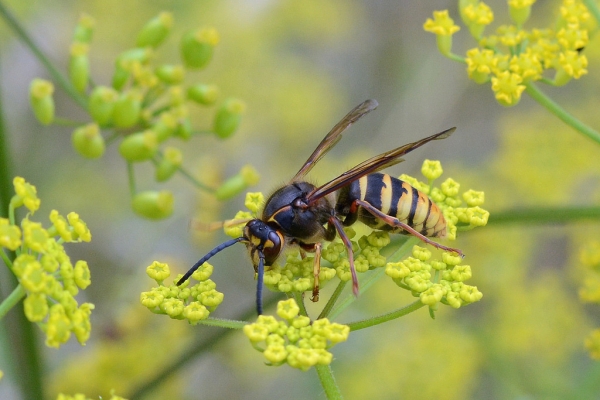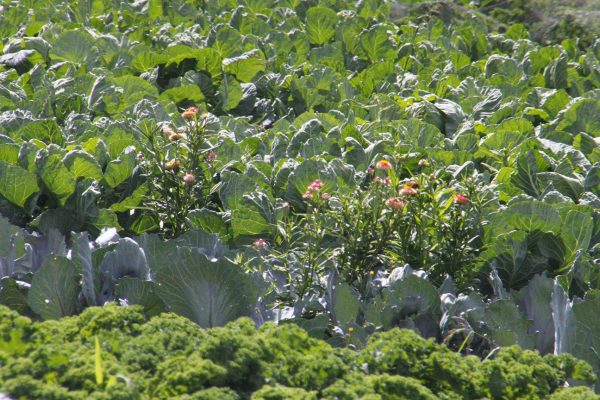Beneficials on farmland
Identification and management guidelines
Resource explained
This is an extensive guide that describes the practical use of some key principles that can be used to encourage what is termed as ‘beneficials’ (insects that control pests, pollinate crops and help to maintain soil fertility).
It provides pivotal management options that will encourage the build-up of beneficial populations and help reverse recent declines.
The first part is a detailed ID guide of insects you could find on your farmland, divided in to flies, beetles, bees, wasps and ants, bugs, lacewings, arachnids and other beneficials.
The second part looks at what is termed as ‘SAFE’ principles. It describes a range of practices you can implement to encourage beneficials to thrive and keep pests in check. This includes a good infographic illustrating best practice in the field.
Links are made to some agri environmental schemes that have now been replaced by the Countryside Stewardship Scheme.
Findings & recommendations
- Populations of many insect species that are beneficial for farmers have declined in recent decades.
- Beneficials need Shelter, Alternative prey, Flower-rich habitat and an appropriate Environment (SAFE) to thrive in farmland and keep pests in check naturally.
- Appropriately managing the habitats will encourage beneficial populations within crops however there are also many non-crop habitats that can support substantial populations of beneficial insects. Other food sources such as alternative prey within and outside fields are also needed to maintain insect populations.
- It is possible to recover the costs of enhancing habitats through some agri-environment scheme options.
- Adopting Integrated Pest Management (IPM) principles will ensure that insecticide inputs are only applied when absolutely necessary. It will help to reduce spray costs and prevent insecticide resistance from developing.
- Hedgerows, with year-round shelter, provide the largest source of beneficials. They are a great source of pollen and nectar and also provide alternative prey.
- The managed habitat created by crops and weeds influences the type and abundance of beneficial insects. There will be more diversity, which will ensure more robust pest control, if habitat structures within the crops are diverse.
